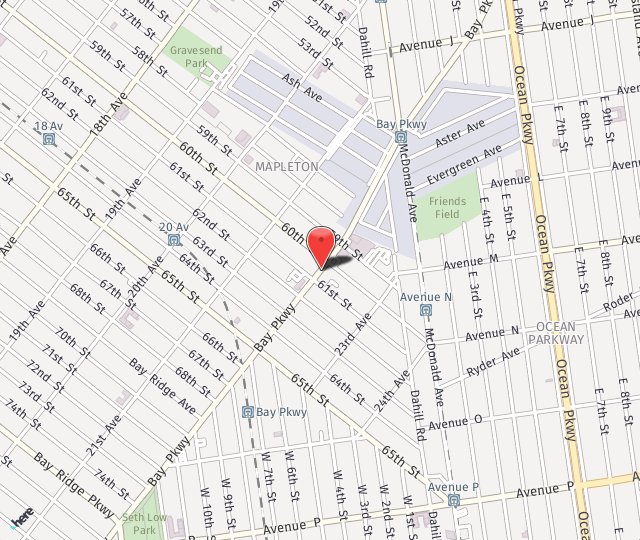Diverticulosis is a common disorder in which small pouches, known as diverticula, develop along the wall of the colon (large intestine). This condition frequently develops during aging and is evident in about half of all individuals over the age of 60. In the majority of cases, approximately 80 percent, individuals who have diverticulosis are asymptomatic. About a fifth of all patients with diverticulosis, however, develop the more serious symptoms of diverticulitis, a form of diverticular infection that results in severe symptoms, including fever, severe abdominal pain, cramping and rectal bleeding.
Causes of Diverticulosis
Diverticulosis is caused when weak areas in the colon wall give way to internal pressure, resulting in the development of bulges, or pockets. The reason for this condition is not completely clear, though there is evidence that a low-fiber diet is causative since fiber produces bulkier, moister stool that is able to pass through the colon more easily. This theory is bolstered by the following facts:
- Diverticulosis first became prevalent with the advent of processed foods in the 1950s
- Diverticulosis is much more common in industrialized nations
- Diverticulosis is rare in Asia and Africa where diet is high in natural fiber
While there have been two research studies contradicting this theory, most medical professionals still correlate a low-fiber diet with increased risk of developing diverticulosis and recommend a high-fiber diet as a means of prevention and treatment. Other causes of diverticulosis appear to be:
- Obesity
- Constipation
- Lack of exercise
- Smoking
- Use of certain medications
Medications that have been linked to diverticulosis include nonsteroidal anti-inflammatory drugs (NSAIDs) and steroids.
Symptoms of Diverticulosis
While most patients with diverticulosis are not symptomatic, some have mild cramping, constipation or bloating. If they do experience diarrhea and abdominal pain, but without the fever and other signs of infection produced by diverticulitis, the condition is referred to as painful diverticular disease and in often associated with irritable bowel syndrome (IBS). In the United States, a growing number of patients are experiencing diverticular disease before they reach the age of 50, The majority of patients presenting with this disease condition are male.
Diagnosis of Diverticulosis
In a great many cases, the condition is only detected during a routine medical screening for cancer or during a diagnostic test for some other colorectal problem, such as rectal bleeding. In order to diagnose diverticulosis, a full physical examination, including a rectal exam, is necessary. Other tests that may be performed to diagnose diverticulosis include:
- Barium enema
- Blood tests
- CT scan of the colon
- Lower gastrointestinal (GI) series
- Colonoscopy
Some of these tests require a bowel prep and the use of anesthesia. In these cases, patients may have to fast before, and refrain from driving immediately after, the examination.
Treatment of Diverticulosis
Assuming the patient‘s disorder has not worsened into diverticulitis, the condition may be well-controlled with:
- High-fiber diet including fruits, vegetables, whole grains and beans
- Mild pain relievers
- Medications, especially mesalazine,an anti-inflammatory
- Fiber supplements and probiotics to keep the digestive tract functioning normally
- Plenty of fluid intake
Patients with diverticulosis are also advised to drink plenty of fluids and to get regular exercise. Including yoghurt, with its probiotic properties, in the diet, is also advised. In treating diverticulosis, preventing constipation is a priority.

